FAA Issues New Safety Alert on Risks of Visual Approaches
Flight Training Central
APRIL 18, 2025
The FAA recently issued a new Safety Alert for Operators (SAFO) 23004 to highlight operational risks associated with visual approaches. Key Points from the SAFO: Lack of stabilized approach criteria : Visual approaches often lack defined vertical profiles, increasing the risk of an unstable approach.




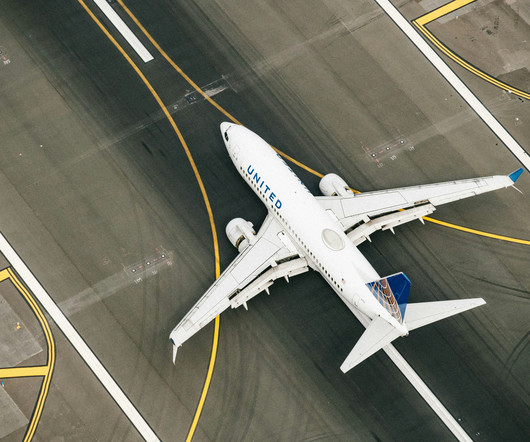
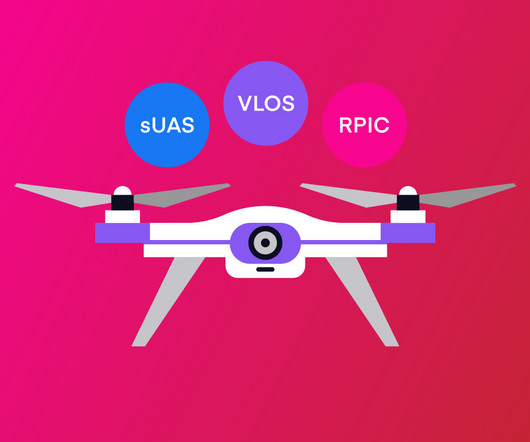
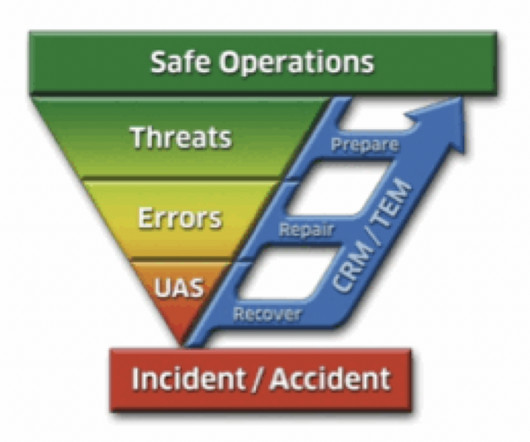



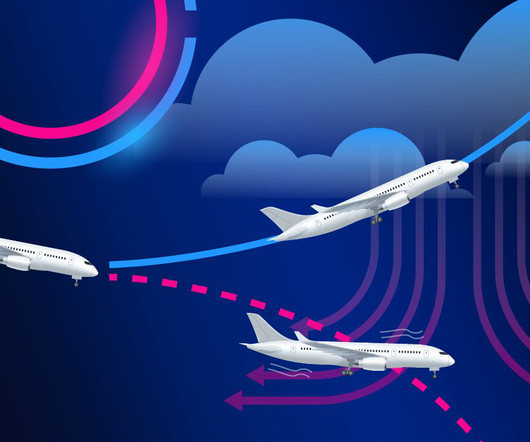
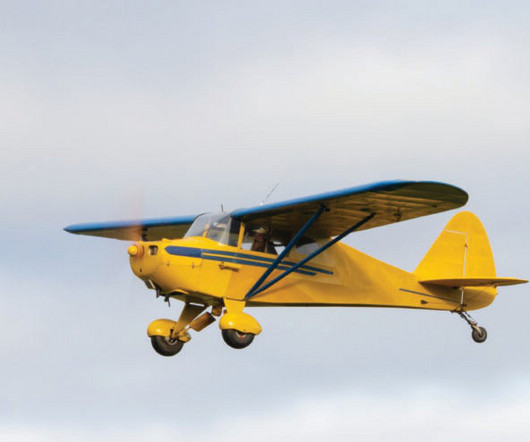
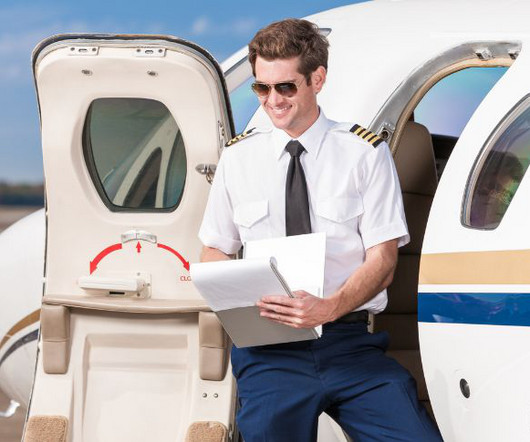
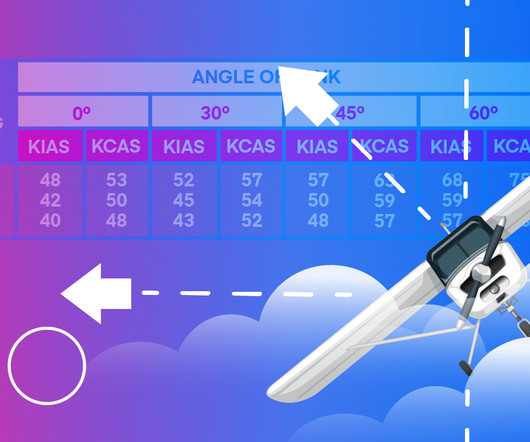






Let's personalize your content